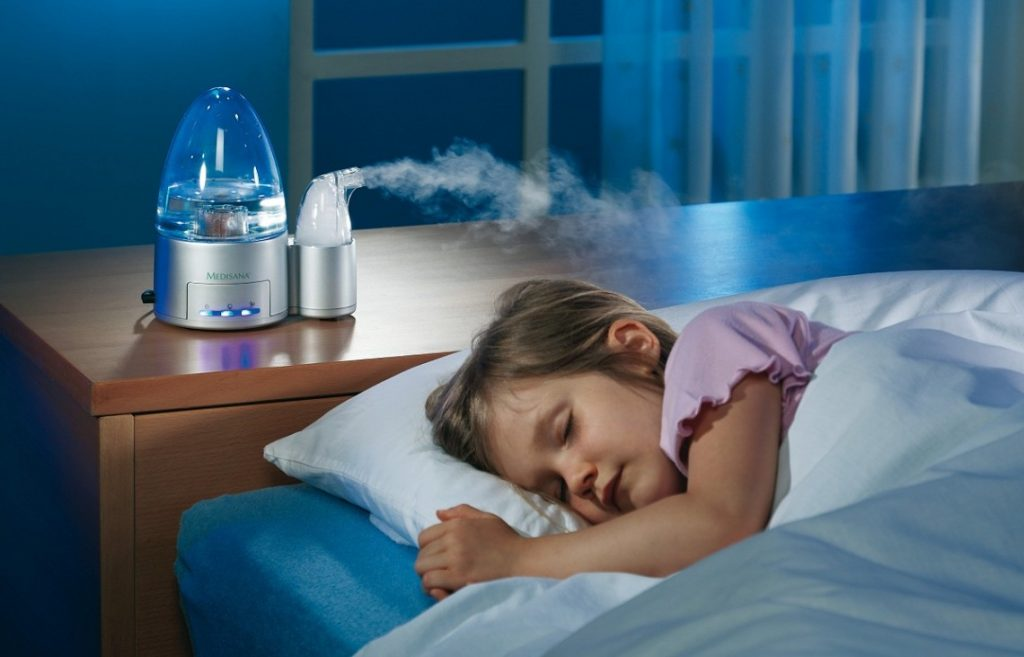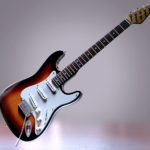How to Choose the Best Baby Humidifier
As an adult, you might not have given much thought about getting a humidifier, but if you a caring parent to an infant ward and live in a dry climate area, then it may be best to get one now.
The best humidifier for baby is one that offers a plethora of health benefits to your child, allowing them to grow both healthy and happy.
But before you go out to buy one, you should know that there are a number of warm- and cool-mist models available for you and your better half to choose from. Not only that, but there are other details that should be considered in order to choose a proper humidifier for your baby’s nursery room.
Let’s first go over the tips that go into creating a healthy and pleasant home environment:
1. Use a Hygrometer
For measuring the humidity of a room or any other space, you’ll need a hygrometer. The recommended indoor humidity year-round should be anywhere between 25-60% (based on outdoor temperature). But most people are unable to tell the difference within this range. That’s why a hygrometer or a simple humidity monitor is recommended.
2. Consider Asthma or Allergies
It is important to get in touch with your child’s doctor to ascertain if they have any history of allergies or asthma. And although increasing the humidity may help just some extent, it could also lead to another of other problems if not used correctly.
3. Use Outdoor Temperature to Adjust Humidity
Being educated and maintaining humidity levels based on outdoor temperatures is very crucial, whether you live in a climate with only one season or two or four different seasons where temperatures fluctuate between very hot or very cold.
Now let’s look into some details regarding warm-mist humidifiers and cool-mist humidifiers.
Warm- or Cool-Mist Humidifiers
Vaporizers for warm mist humidifiers, use a heating element to boil water and produce steam. Because of the simplicity of their design, warm-mist humidifiers use less energy and or less likely to breakdown then their cool-mist counterparts. They also likely make the room feel more warm, forcing parents to turn the thermostat down and avoid dryness and congestion which is what is commonly associated with artificial heating.
But perhaps the biggest disadvantage of a warm-mist model is the possibility of getting burnt. It’s not possible to have steam without hot water. If Lord forbids, the unit was to either split or fall down, your infant ward may get seriously injured. Children may likely burn their hands by simply placing their hands over the steam nozzle. If you’re getting this model, then you must keep out of your child’s reach.
Cool-mist humidifiers, on the other hand, are designed specifically to address the warm model’s issue in that it uses only cold water. However, cold-mist models come with their own set of risks. If parents do not regularly clean and maintain these units, it could become a breeding ground for microorganisms and mold. Once these harmful invaders are inhaled, they could pose a serious risk for your child.
Then there is an evaporative and ultrasonic humidifier
Ultrasonic or Evaporative Humidifiers
If you choose to opt for a cool-mist humidifier, you’ll need to decide whether to go for a traditional evaporative humidifier or a new, state-of-the-art ultrasonic model.
Ultrasonic humidifiers work break water particles into a cool, hydrating mist by using high-frequency sound vibrations. These models are quiet and efficient, take up less space and less electricity than traditional models. Nevertheless, they are more prone to damage than their evaporative counterparts and can cost more as well.
And since ultrasonic models lack filters, they produce fine white dust which, although might not harm your suckling offspring, it could be quite a nuisance, especially if you have hard water.
Evaporative humidifiers generate cool, most air through something called the fan-aided evaporation process. This works by sucking in air through a water-saturated filter that increases humidity in the air, while also retaining minerals and a bunch of other impurities from the water.
And because of their high-quality filter, evaporative models don’t produce the awful white dust that ultrasonic models are known for.


 Follow
Follow





No Comment